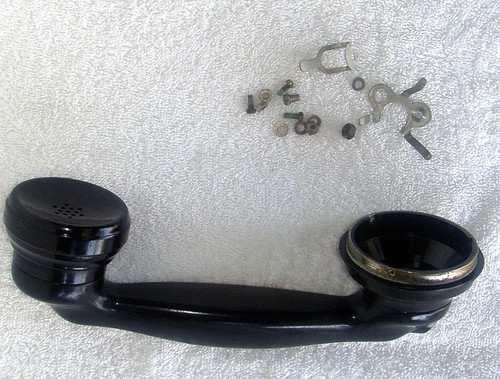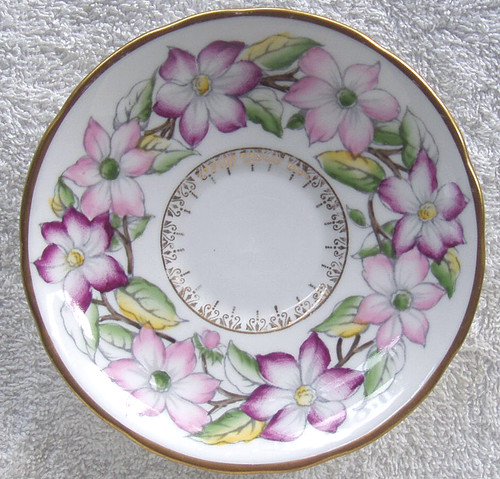HISTORY:
Extracted from my box of "that's really old" stuff! Probably of no real practical use these days but a great talking or museum piece to have around ... if Bakelite or old Australian historical items are your "thing"
CLIPSAL the company: a very long established Australian manufacturer electrical components including plugs and sockets. As best I can tell they have been in business since 1920 having been formed by Alfred Gerard with his 'debut' product which was a one size “clips all” metal conduit fitting, thus the name which everyone knows, Clipsal.
The socket: this type of socket was 'just a bit' before my time but I do remember strange electrical setups at home when I was a child. Because power sockets on the wall were not common at all, people would most often access the AC power from the hanging room light! The light fitting for the lamp also had a bayonet socket sitting on the side and it was into this socket that my parents would plug their radio receiver - a monsterous beast sitting in the corner of the lounge or 'sitting room', also good as a heater in the winter time! Don't you miss the valve days?
Two conductor wiring & plugs/sockets WITHOUT any provision for Earth was the 'norm' back in those days. I believe that the first use of a three wire single phase electrical system began in the 1930's and I actually suspect this socket was 'old stock' from an electrician who was left with this now 'outdated' 2 pin socket, the move having been made to a 3 pin system which included an Earth wire.
Yes, it looks very similar to the American 2 pin sockets because that is what the design was based on (funny enough!) - apparently we used to import UK plugs and sockets in those days but the supply 'dried up' and General Electric from USA entered the Australian market.
So this 'looks like' an American socket but it was manufactured here in Australia by Clipsal, based on the original US design and used here in Australia.
Tested ("rub tested" which resulted in a clear postive for Bakelite (Yellow/Brown residue) and the 'sniff' test - distinct formaldehyde odour)
Now let's get on with the description and some interesting details ...
CLIPSAL - Wall Socket
Circa 1940's ~ 1950's period
Materials: Bakelite (Dark Brown) two half body, Brass bolts, Copper contact areas AND the central locking bolt is Iron.
2 parallel pins of equal width & length
Female
Stamped into the bakelite body:
Top half (inside)
CLIPSAL NO. 402
Bottom half (topside)
A (next to one contact screw) & A (next to the other contact screw)
250V 10A
Bottom half (inside)
CLIPSAL
MADE IN AUSTRALIA
Notice the two 'A's above the contact screw, perhaps the terminology back in those days was Active - Active, with no mention of a Neutral - curious.
DIMENSIONS:
43.2mm diameter x 28.62mm height
WEIGHT: 38g
COSMETIC CONDITION:
I am amazed!
I have described this as used but it is "like new" in that there are ...
NO scratches
NO chips
NO cracks
Brass bolts do not look to have ever been mounted onto a block.
The Copper contact areas are also clean and "coppery" looking with no signs of ever having mated with a plug, not that oxidised Green look old Copper takes on!
For the sake of authenticity, I have NOT cleaned any of the metal work - so the Brass has that "olde world" patina remaining (not dirty, just dull).
I am a little puzzled why the central locking bolt (locks the two halves together and assisted by a small notch in the side of the top section) is also not Brass. The central hole is threaded (so the bolt will not accidently fall out) but why it is Iron (I checked) is puzzling and I don't believe it is a substitute because the bolt is a special design (part thread only).
I have now placed this piece of Australian domestic electrical history into a sealed clear plastic packet, waiting for someone to claim it as their own














